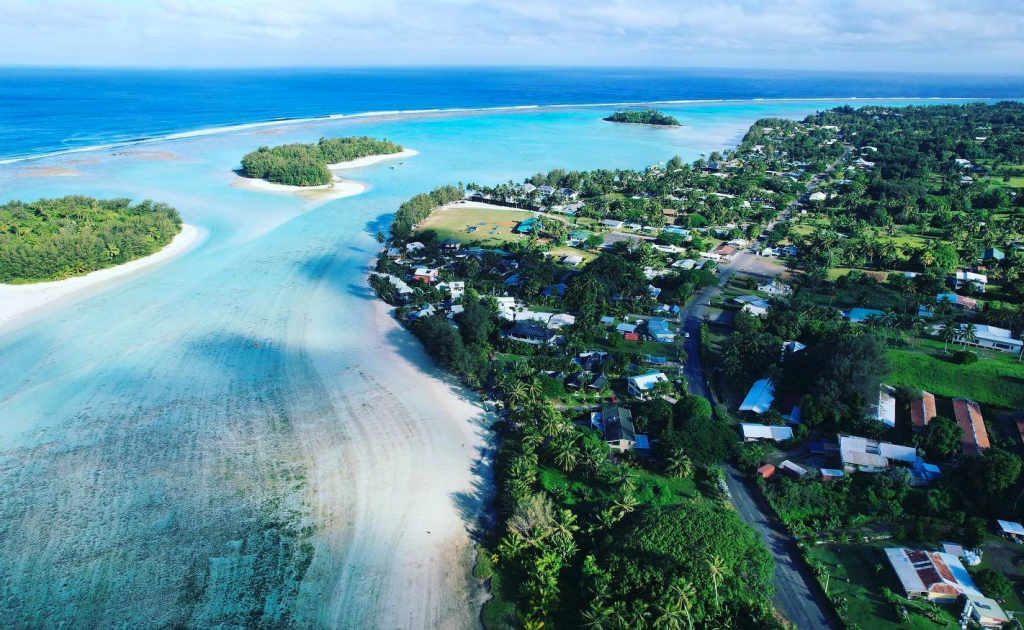A team of 10 staff across NES and To Tatou Vai joined forces to conduct macroinvertebrate surveys and eDNA sampling in each stream of the 10 water intakes in Rarotonga. The team were recently trained by ADB consultant Rebecca Stirnemann over the course of one week.
Macroinvertebrates are species with no backbone that can be seen by the naked eye. They are the foundation of a healthy freshwater system and can be used as an indicator of stream health. Benthic macroinvertebrate surveys occurred above and below the discharge point of each water intake to determine if discharge from the water intakes is impacting upon the stream life. Preliminary observations noted that species diversity and abundance varied between the sites. Sites with greater presence of algae seemed to have less species abundance.
eDNAs are tiny fragments of DNA found in the environment. Water samples at each stream were collected and run through a filter. The samples will be sent to a laboratory in Australia where they will analyse the fragments caught in the filter to determine what species were present at each site. This can be useful to identify locations of species that are endemic, endangered or invasive, and inform management plans to protect vulnerable species or inform eradication plans for invasive ones.
The data collected and results to be received from the laboratory testing will establish key environmental baseline data for the water intake streams.
NES continues to engage in these science and technical capacity development, to ensure knowledge transfer occurs and will enable NES to strengthen data collection and research to inform sound decision making.







